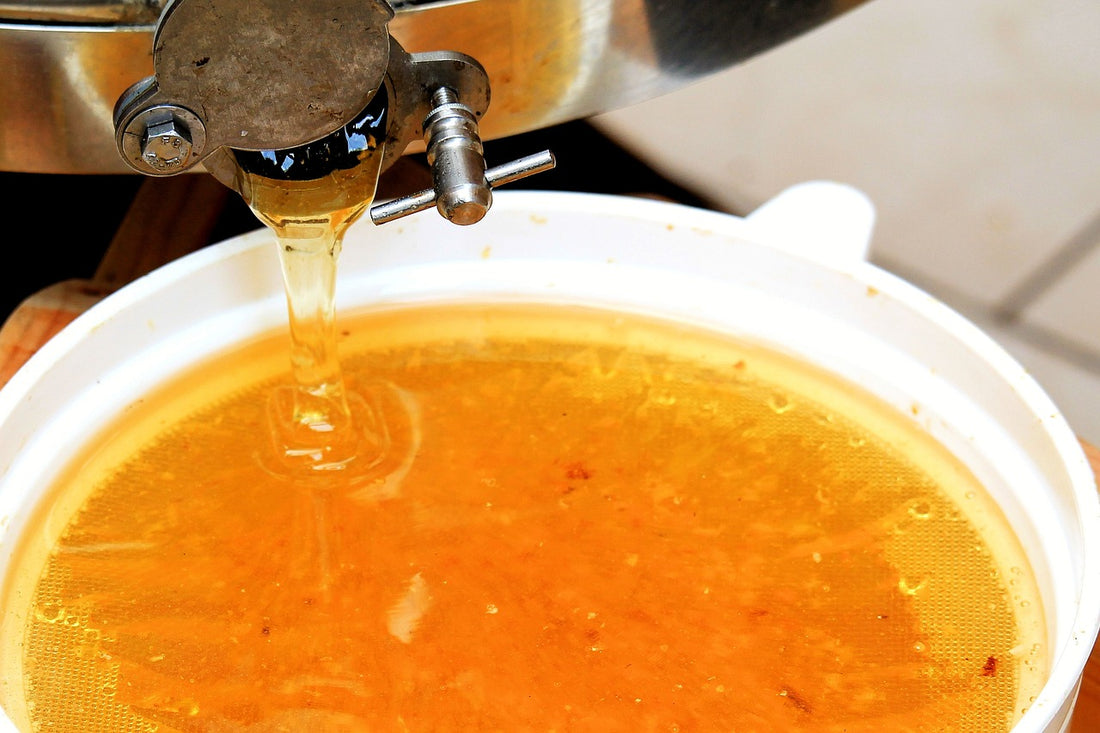Have you ever wondered if that jar of honey tucked away in your cupboard is still good? The answer might surprise you. There are stories of honey being discovered in ancient Egyptian tombs, seemingly untouched by time. Does this mean honey lasts forever?
Well, not quite. While honey has an incredibly long shelf life, it's not entirely immune to going bad. Here's the truth about honey – when it's stored properly, it can stay good for years, even decades. But certain conditions can shorten its lifespan, and it's important to be aware of them.
The secret to honey's longevity lies in its unique composition. Honey is a supersaturated sugar solution, meaning it's packed with so much sugar that there's little room for water. This tiny amount of water creates a harsh environment for bacteria, the main culprit behind spoilage in most foods. Honey also has a naturally acidic level, another hurdle for bacteria to overcome. This explains why archaeologists could find honey in ancient Egyptian tombs, still good to go after thousands of years.
However, in our kitchens, things are a bit different. We open jars, dip in spoons, and sometimes a little moisture gets introduced. This can be enough to weaken honey's defenses and allow unwanted bacteria to grow.
So, how can we prevent this from happening? Here are some simple tips for keeping your honey fresh:
- Store it right: A cool, dark pantry is the perfect spot for your honey. Avoid storing it near the stove or oven, as heat can degrade its quality. Light can also affect honey, so keeping it in a dark cupboard helps preserve its flavor and potency.
- Keep it sealed tight: Always make sure the lid is screwed on properly after each use. This prevents moisture or any airborne foreign bodies from getting in.
- Use a clean spoon: This might seem like a no-brainer, but it's worth mentioning. Using a wet or dirty spoon to scoop honey can introduce bacteria. Use a clean utensil each time and avoid dipping directly into your tea or yogurt with the honey jar spoon.
Even with proper storage, honey can undergo some natural changes over time. It might crystallize, turning cloudy or solid. This is actually a good sign. Crystallization simply means the sugars in the honey are rearranging, and it's perfectly safe to eat. You can gently warm the jar in a hot water bath to return it to a liquid state.
Honey might also darken slightly or lose some of its aroma and flavor. While this affects the taste experience, it doesn't mean the honey has gone bad. Think of it like a fine wine – some varieties of honey age gracefully, developing a richer, deeper flavor profile.
Here's the key takeaway: while honey has an amazing shelf life, it's not invincible. By following these simple storage tips, you can enjoy the golden goodness of honey for a long time. Remember, a little vigilance goes a long way in keeping your honey fresh and delicious.
How to identify spoiled honey
While honey can last a long time, there are some signs that it might have gone bad. Here's what to look out for:
● Mold: If you see any mold growing on the surface of your honey, it's best to discard it. Mold thrives in moist environments, and its presence indicates that the honey's natural defenses have been compromised.
● Fermentation: Honey can ferment if it's been exposed to too much moisture or stored at improper temperatures. Fermented honey will have a bubbly or foamy appearance and a sour or vinegary smell. It's not safe to consume.
● Unusual odors: Fresh honey has a pleasant, slightly sweet aroma. If your honey smells off, sour, or yeasty, it's best to throw it out.
Choosing the right honey
With so many varieties of honey available, it can be overwhelming to choose. Here are a few things to keep in mind:
Raw vs. Pasteurized: Raw honey is unfiltered and retains all its natural pollen, enzymes, and antioxidants. Pasteurised honey has been heated to kill bacteria and extend shelf life, but this process can also destroy some of the beneficial nutrients.
Source: Local honey from a trusted source often has a richer flavour profile and supports local beekeepers. However, commercially available honey is usually safe and undergoes rigorous testing.
Colour and Flavour: Honey comes in a variety of colours and flavours, depending on the flower source the bees collect nectar from. For example, lavender honey is light and floral, with a delicate aroma of lavender blossoms. In contrast, cinnamon honey is a beautiful amber colour with a warm, spicy flavour thanks to the addition of cinnamon. Explore different varieties to discover your favourites.
Conclusion
So, is honey an eternal sweetener or does it eventually go bad? The answer lies somewhere in between. Honey's unique composition grants it an incredibly long shelf life, but proper storage is key.
By keeping your honey sealed in a cool, dark place, you can enjoy its deliciousness and potential health benefits for years to come.
Reference
Healthline (2018). Does Honey Ever Go Bad? What You Should Know. Retrieved from https://www.healthline.com/nutrition/does-honey-go-bad
Food Network (2024). Why Doesn’t Honey Expire? Retrieved from https://www.foodnetwork.com/how-to/packages/food-network-essentials/does-honey-go-bad

